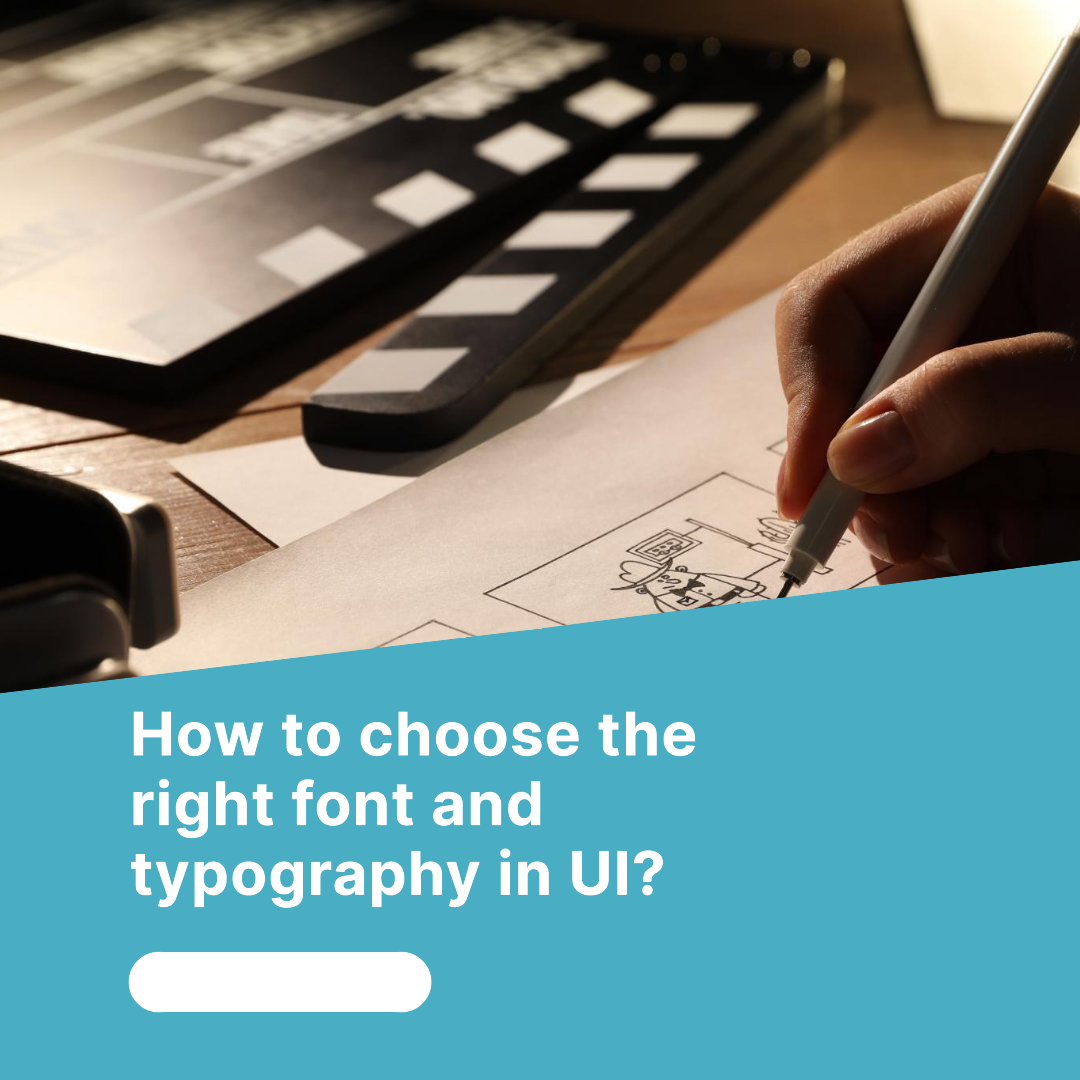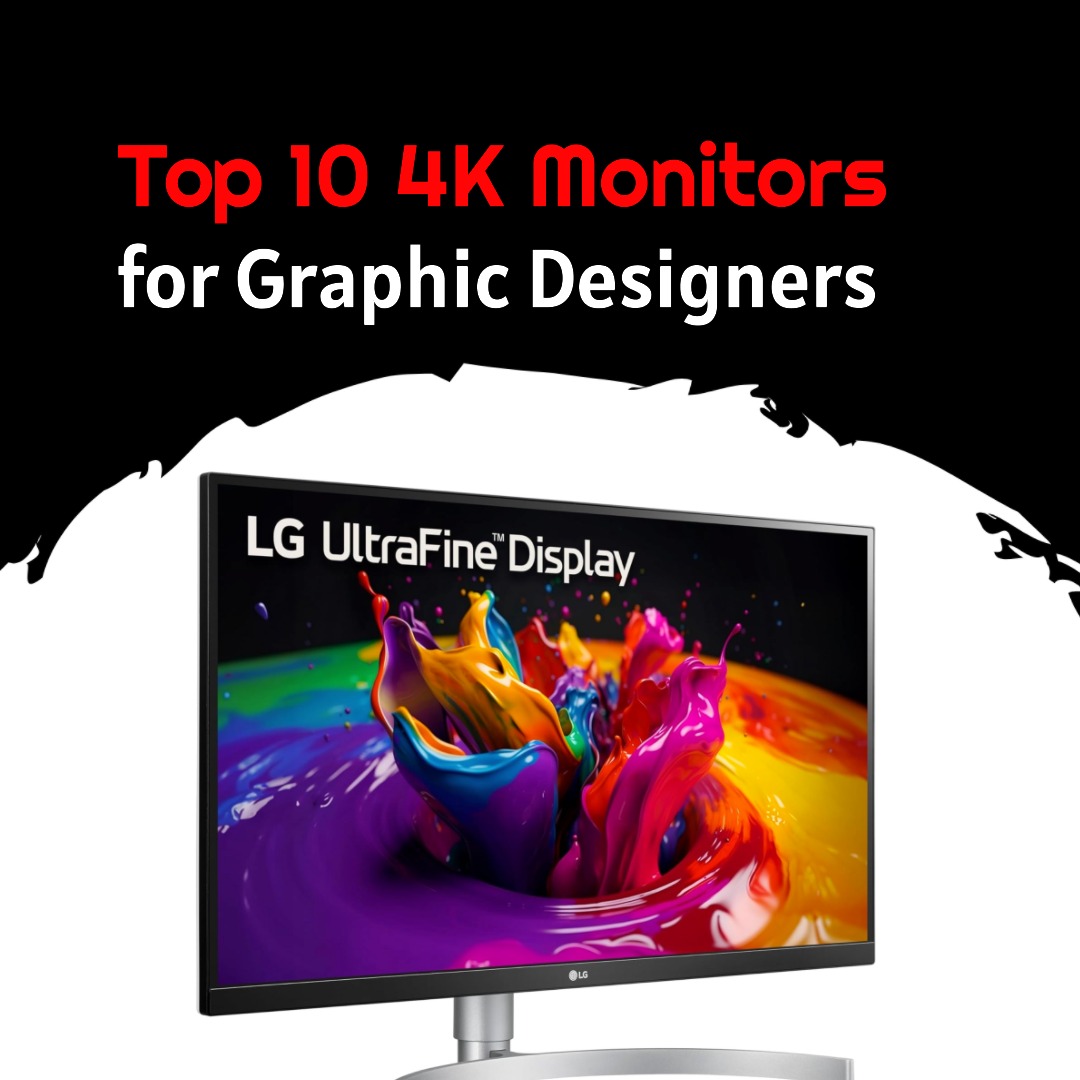How to choose the right font and typography in UI?
Typography is the art and technique of arranging type. It is an essential element of UI design, as it can have a significant impact on the overall look, feel, and usability of an interface.
When choosing a font and typography for your UI, there are a number of factors to consider, including:
- The purpose of your UI: What is the overall purpose of your UI? Are you designing a website for a business, a social media app, or a game? The purpose of your UI will help you to narrow down your font choices.
- Your target audience: Who is your target audience? What kind of fonts and typography would they appeal to? For example, if you are designing a website for a business, you may want to choose a more traditional font. If you are designing a social media app, you may want to choose a more modern or playful font.
- The overall tone and style of your UI: What is the overall tone and style of your UI? Is it serious, professional, fun, or playful? The tone and style of your UI will also help you to narrow down your font choices.
- Readability: It is important to choose a font that is readable on all devices and screen sizes. Avoid using fonts that are too small, ornate, or difficult to read.
Once you have considered these factors, you can start to narrow down your font choices. There are a number of different resources available to help you find the right font for your UI, including Google Fonts, Adobe Fonts, and FontSquirrel.
Here are some additional tips for choosing the right font and typography in UI:
- Use a limited number of fonts. It is generally best to use a limited number of fonts in your UI. This will help to create a more consistent and unified look and feel.
- Use a hierarchy of fonts. Use different fonts and font sizes to create a hierarchy in your UI. This will help users to scan your UI and quickly identify the most important information.
- Use fonts that are compatible with each other. Some fonts look better together than others. When choosing fonts for your UI, make sure to choose fonts that are compatible with each other.
- Test your font choices with users. Once you have chosen a font and typography for your UI, test it out with users to get feedback. This will help you to identify any usability issues and make necessary refinements.
Examples of effective font and typography in UI
Here are some examples of effective font and typography in UI:
- Google: Google uses a simple, sans-serif font for its logo and other UI elements. This font is easy to read and visually appealing, and it is consistent with the overall tone and style of the Google brand.
- Apple: Apple uses a variety of fonts in its UI, but they all have a similar modern and minimalist look. The fonts that Apple uses are also highly readable on all devices and screen sizes.
- Spotify: Spotify uses a bold, sans-serif font for its logo and other UI elements. This font is visually appealing and helps to create a sense of fun and excitement. The font is also highly readable on all devices and screen sizes.
Conclusion
Choosing the right font and typography for your UI is essential for creating a user-friendly and visually appealing interface. By following the tips in this blog post, you can choose a font and typography that is right for your UI and your target audience.








